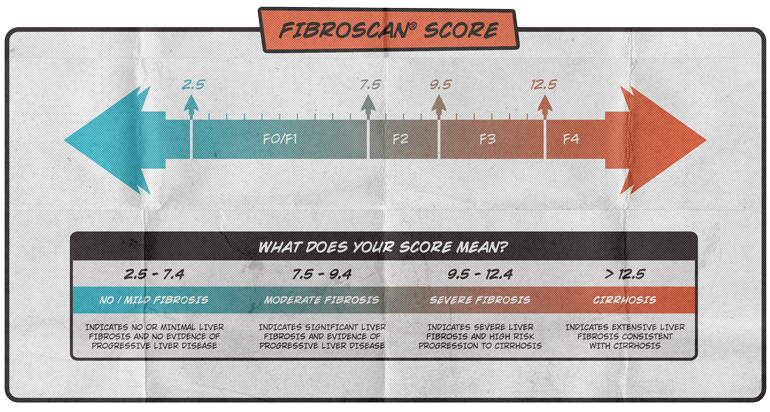
All values higher than 40 are given a score of 40
The maximum score given for MELD is 40. Laboratory values less than 1.0 are set to 1.0 for the purposes of the MELD score calculation. Multiply the score by 10 and round to the nearest whole number. The MELD score is calculated using the following formula The MELD (Model for End Stage Liver Disease) is a more objective prognostic score, requiring however a calculation software. The MELD Calculator is used for candidates who are 12 years and older. The MELD score calculation uses-įor candidates on dialysis, defined as having 2 or more dialysis treatments within the prior week or candidates who have received 24 hours of CVVHD (Continuous Veno-venous Hemodialysis) within the prior week, will have their serum creatinine level automatically set to 4.0 mg/dl. The MELD/PELD Calculator uses the specific formulas approved by the OPTN/UNOS Board of Directors and used for the allocation of livers by the OPTN match system. The MELD Calculator is a utility that allows you to enter hypothetical or actual parameters and calculate a MELD score for an individual patient. The Model for End-Stage Liver Disease (MELD) score has been used by the Organ Procurement and Transplantation Network (OPTN) since February 2002 as the basis for allocation of deceased donor livers for transplantation among adults in the United States. A number of modification have been made by UNOS (United Network for Organ Sharing) to the model for its implementation in organ allocation for liver transplantation. It was initially described by Kamath et al in 2001 and modified by Wiesner et al, also in 2001. The original version of the MELD scale as developed by investigators at Mayo Clinic. This model was derived from a heterogeneous group of patients at 4 medical centers in the United States and validated in an independent data set from the Netherlands. It is more recent than the Child-Pugh score. In other words under the MELD scoring system - the sickest patient gets the liver transplant. The equation seeks to calculate a patient’s likelihood of dying within three months from their liver disease. The new system, known as the Model for End-Stage Liver Disease (MELD) score, leaves no room for subjective criteria favoritism or hospital-shopping, as it is based on a mathematical equation. It is used as a disease severity index to help prioritize allocation of organs for transplant. The Model for End-Stage Liver Disease (MELD) is a reliable measure of mortality risk in patients with end-stage liver disease. Associate Editor-In-Chief: Suvekchha Devkota Shankar Kumar, M.B.B.S. 
Risk calculators and risk factors for MELD ScoreĮditor-In-Chief: C. US National Guidelines Clearinghouse on MELD Scoreĭirections to Hospitals Treating MELD Score

Ongoing Trials on MELD Score at Clinical The PELD score is used for patients younger than 12 years of age.Articles on MELD Score in N Eng J Med, Lancet, BMJ

Patients with acute liver failure are given a distinction called "status 1," which supersedes MELD scores in terms of transplantation prioritization. Use of the MELD score to prioritize transplants has lead to a decreased rate of pretransplant death for those on the waiting list, but use of the score causes some controversy because it does not indicate survival benefit of transplantation. >15: may benefit from liver transplantationĬertain clinical situations lead to automatic increases in the MELD score in an attempt to increase or decrease waiting times on a liver transplant waiting list:.Scores are used to prioritize liver transplantation: These variables are used to calculate the score 2: MELD = (0.957 x ln ) + (0.378 x ln ) + (1.120 x ln ) + 0.643 if dialysis twice in last week, then creatinine is given a value of 4 mg/dl.The score has prognostic value in terms of three month mortality and certain complications. The MELD score ( Model for End-stage Liver Disease) is a classification used to grade liver dysfunction in preparation for liver transplantation.







 0 kommentar(er)
0 kommentar(er)
